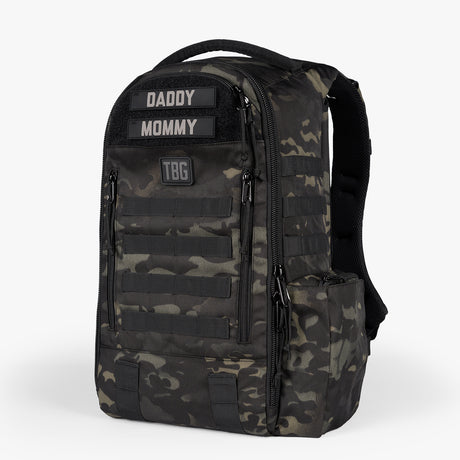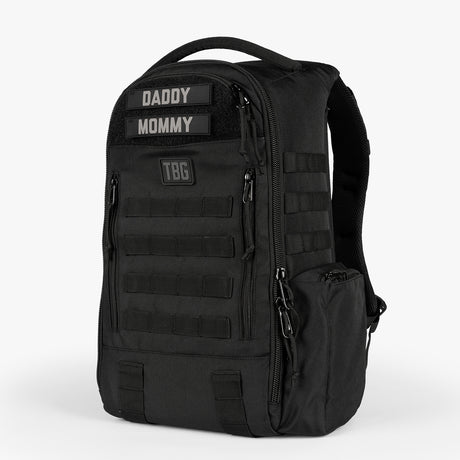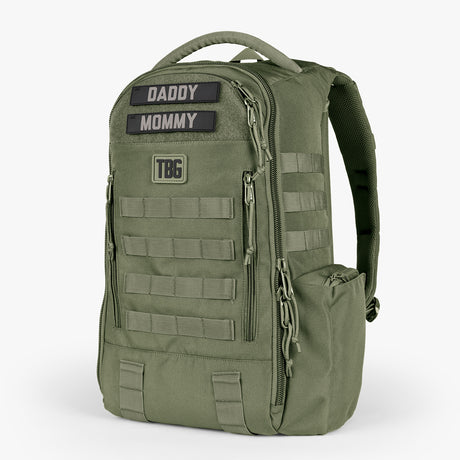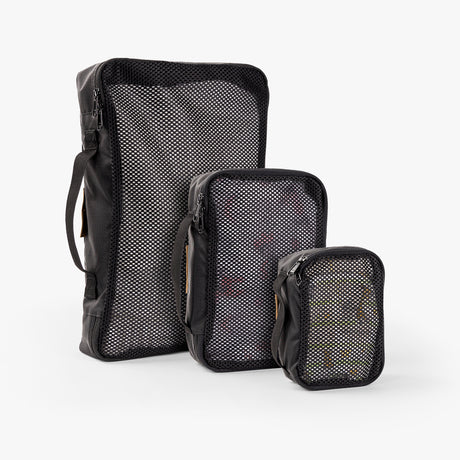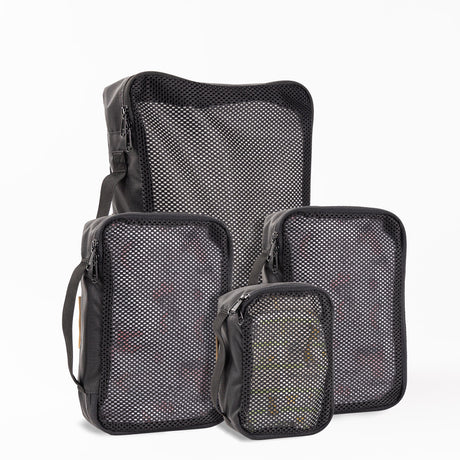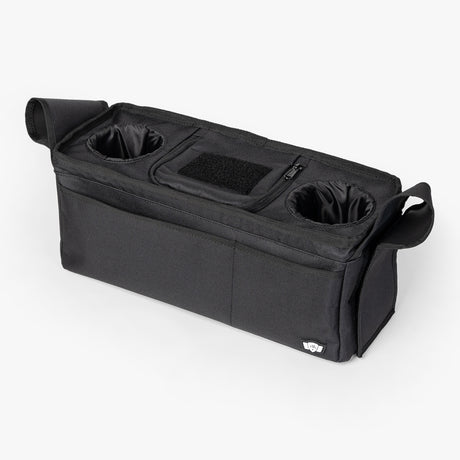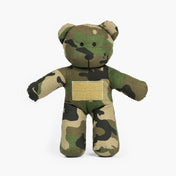The last day of school was always my favorite day of the year. I would count down the minutes and hours until I was finally free, finally able to run around and play outside. For the entire summer, I would be outdoors more than anything, playing games, swimming, or just hanging out in the backyard.
These days, my kids choose to spend most of their time inside. It's hard to blame them. Video games, streaming content, and the internet are all within reach at all times, and it's hard to compete with that kind of appeal. I try to play games with them, but the lure of instant gratification and next-gen graphics (unless they're on Minecraft) are like their siren's song.
I think part of the issue is that the best outdoor games usually require more than two or three people. Old-fashioned games like capture the flag, dodgeball, kickball, and even kick the can (for real old-school players) are more entertaining with at least six or more. Space can also be an issue, especially if you don't live next to a park.
But, when their friends do come over, we bust out the old-fashioned outdoor games. If you're longing for "the good 'ole days" of play, here are some of our favorites.
Tag - The Ultimate Outdoor Game
Tag is one of those games that everyone knows because it's so simple to master. One person is "it" and tries to tag everyone else. In the most basic version, someone who gets tagged becomes "it" and tries to tag someone else (no tag backs). However, because tag is such an elemental game, there are tons of variations kids can play. With such a compelling premise, you can play tag all kinds of ways, like:
- Freeze Tag - In this game, tagged players have to freeze in place. The only way they can get unfrozen is if someone else tags them. The goal is for whoever is "it" to freeze everyone in the game. Bonus points if you can get someone to freeze in a fun position (like climbing a playground ladder).
- Dead Ant Tag - This version is a bit more complicated, and you should have quite a few players to do it right. When a player gets tagged, they lay on the ground with all their limbs in the air. Four other ants have to carry that person to a "hospital zone" marked on the field. Once they do that, the ant is back in play. If the tagger can eliminate all the ants, they win.
- Home Base Tag - In this case, players can mark a structure or zone as a "home base." They're safe as long as they are in the zone (or touching the structure). However, once they leave the zone, they can get tagged.
- Kick the Can - This is the ultimate "old-fashioned" game, but it's technically a variation of tag. The game also incorporates rules from capture the flag and hide and seek. Ideally, you can have two teams, since it's pretty hard for the tagger to get everyone out. The game starts with hide and seek, with the tagger counting to a specified number (i.e., 25). Once they've finished counting, they have to tag players and send them to jail. There's a can in a marked zone, and if an untagged player kicks it or tips it up, all jailed players are set free. Alternatively, you can set them free one at a time based on a first-in, first-out system. Official rules here.
Dodgeball
If your kids like to get a little aggressive and you have multiple dodgeballs available, this game is an all-time favorite. Two teams face off within a marked arena, and the goal is to tag players from the opposite team with a ball. If a player gets hit, they're out. However, if an untagged player can catch a dodgeball thrown by someone on the opposing team, they can bring someone on their side back into play.
The downside of dodgeball is that it works best indoors because the balls can fly everywhere. However, as long as the kids aren't throwing too hard, it shouldn't be difficult to keep the game relatively stationary. Also, if a player is retrieving a ball from beyond the zone, they can't go out until they're back in the game.
Red Light, Green Light
If you're one of the millions of people who saw Squid Game, you may feel a bit hesitant to play red light, green light with your kids. However, assuming that you haven't been kidnapped and put into a green tracksuit, this game is pretty fun, especially when you have a lot of players.
As with everything else, the premise is simple. Everyone starts at one side of a marked area, and one person stands at the other side, acting as the overseer. This person yells "red light" and "green light." When the light is green, the overseer's back is turned, and players can move from one side to the other. The goal is to cross the line without getting tagged.
When the overseer yells "red light," everyone has to freeze in place. If they continue to move during a red light, they're out of the game. If you don't have a big space for people to run, you can simply have players dance or perform a task during a green light. For extra fun, we time the game, so there's more motivation to cross the finish line.
Capture the Flag
When I was a kid, I loved playing capture the flag. The thrill of getting the flag and running for your life is unmatched, especially when you can feel the opposing teammates hot on your heels.
This is another team game, and each team needs a home base. The further the bases are from each other, the better. Each team also needs at least one flag, although you could add extra flags to keep the game going longer.
Once the game starts, players from each side have to try and capture the flag from the opposing side and bring it back to their home base. However, players can get tagged by anyone from the opposite team. If they're tagged, they're out, and if they had the flag at the time, it returns to the base before gameplay can resume.
Another way to upgrade this game is to use water or Nerf guns to tag other players. But, if using the latter, keep in mind that picking up Nerf darts can be time-consuming and exhausting. There’s also the snowball version, which usually also involves the fun of making a snow fort, if you live in a place where that’s a possibility.
Duck, Duck, Goose
Most of these games require enough people to form teams. However, if you have at least a group of four or five, you could play a stirring round of duck, duck, goose. In this game, everyone sits around in a circle with their heads down. One person walks around the circle, touching everyone's head and calling them a duck or a goose. If you're called a duck, you sit in place. If you're the goose, you need to chase the caller and tag them before they have a chance to sit down.
Because it's hard to catch the caller with a smaller group, the circle can be extended. You can also use chairs to make it easier to tell when the caller is in the goose's spot. If the goose doesn't catch the caller, they become the new caller, and the game starts again.
The Bottom Line
While modern media and games are pretty entertaining, they're also very limiting in how you can interact with other people. These classic games are not only fun, but they help bring kids together for social bonding, fresh air, and some much-needed exercise. Overall, it's best not to think about these two sides as opposites. Instead, kids can play both outdoor games and play on a console - both options are not mutually exclusive.









